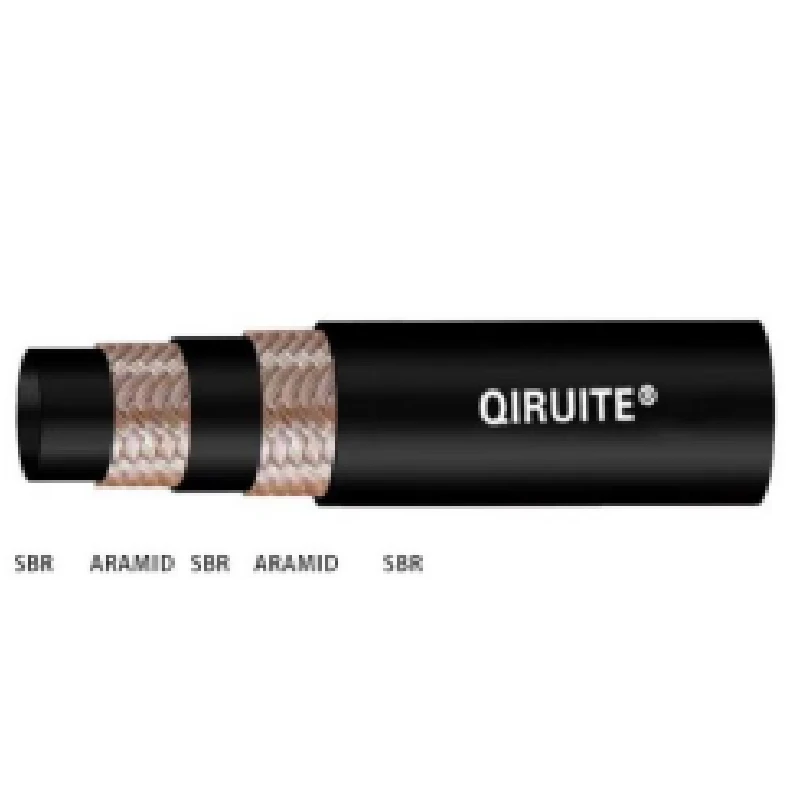1999 Chevy Silverado Power Steering Hose Replacement Guide and Recommendations
Understanding Power Steering Hose for the 1999 Chevy Silverado
When it comes to maintaining a 1999 Chevy Silverado, one essential component that often requires attention is the power steering hose. The power steering system plays a crucial role in the overall performance of the vehicle, providing enhanced steering capability and reducing the effort needed to maneuver the truck. In this article, we will explore the importance of the power steering hose, its functions, signs of wear, replacement procedures, and tips for ensuring its longevity.
What is a Power Steering Hose?
The power steering hose is a vital part of the hydraulic system that transmits power steering fluid from the power steering pump to the steering gear. In essence, the hose acts as a conduit for the fluid that helps in steering the car with minimal effort. The entire power steering system relies on this hose to deliver the necessary pressure to assist in turning the vehicle, making it essential for the smooth operation of your Chevy Silverado.
Importance of the Power Steering Hose
A properly functioning power steering hose is critical for optimal vehicle handling. It helps to create the hydraulic pressure needed for steering assistance, especially when maneuvering at slow speeds or during parking. Without a functional power steering hose, drivers may experience increased effort when turning the steering wheel, making the vehicle harder to handle. In certain cases, a failing hose can lead to complete steering failure, which can pose serious safety risks.
Signs of Wear and Tear
As with any automotive component, power steering hoses can wear out over time due to exposure to heat, pressure, and various road conditions. Here are some common signs that your 1999 Chevy Silverado might need a power steering hose replacement
1. Leaking Fluid One of the most noticeable signs of a failing power steering hose is the presence of power steering fluid leaks. If you notice fluid pooling under the vehicle or around the hoses, it is a clear indication that there may be a rupture or crack in the hose.
2. Stiff Steering Wheel If you find it increasingly difficult to turn the steering wheel, it could be a sign that the power steering fluid isn’t reaching the steering gear effectively, often due to a defective hose.
3. Whining Noises Unusual sounds such as whining or groaning when turning the steering wheel may suggest that there is an issue with the power steering system, potentially related to the hose.
power steering hose for 1999 chevy silverado

4. Low Fluid Levels Regularly checking your power steering fluid levels can help detect potential issues early. If you frequently need to refill the fluid, this could indicate a problem with the hose.
Replacement Process
Replacing the power steering hose in a 1999 Chevy Silverado involves several steps
1. Prepare Your Vehicle Park on a level surface, turn off the engine, and allow it to cool down. Always wear safety gloves and goggles.
2. Locate the Hose Identify the power steering pump and follow the high-pressure hose to the steering gear assembly.
3. Disconnect the Hose Use a wrench to carefully disconnect the hose. Be prepared for some fluid to spill, so have a container ready to catch any excess fluid.
4. Install the New Hose Position the new power steering hose and securely connect it to both the pump and the steering gear.
5. Bleed the System After installation, it’s essential to bleed the power steering system to remove any air bubbles. This may involve turning the steering wheel from lock to lock several times.
6. Refill the Fluid Fill the power steering reservoir with the appropriate fluid and check for leaks during the process.
Conclusion
Maintaining the power steering hose in your 1999 Chevy Silverado is crucial for vehicle safety and performance. By recognizing the signs of wear, knowing when to replace the hose, and following proper replacement procedures, you can ensure that your vehicle remains easy to handle and responsive. Regular maintenance checks can help avoid costly repairs and extend the life of your truck, keeping it on the road for years to come.
-
Reliable Brake Line Solutions for Your VehicleNewsJun.05,2025
-
Quick Fix for Leaky Air Conditioning HosesNewsJun.05,2025
-
Powerful Sewer Jetting Solutions for Tough ClogsNewsJun.05,2025
-
Power Steering Hose Problems SolvedNewsJun.05,2025
-
Hose Protectors That Actually WorkNewsJun.05,2025
-
Essential Hose Connectors for Every HomeNewsJun.05,2025

